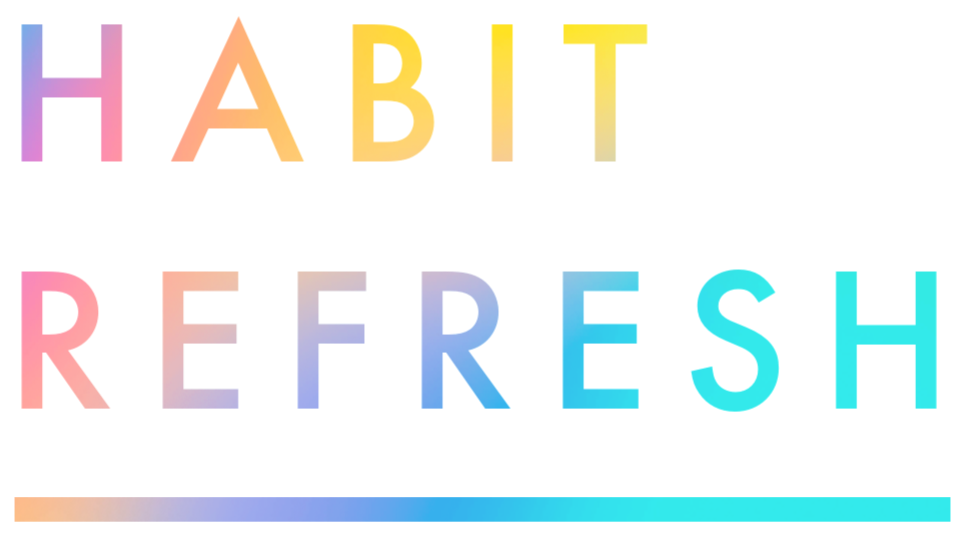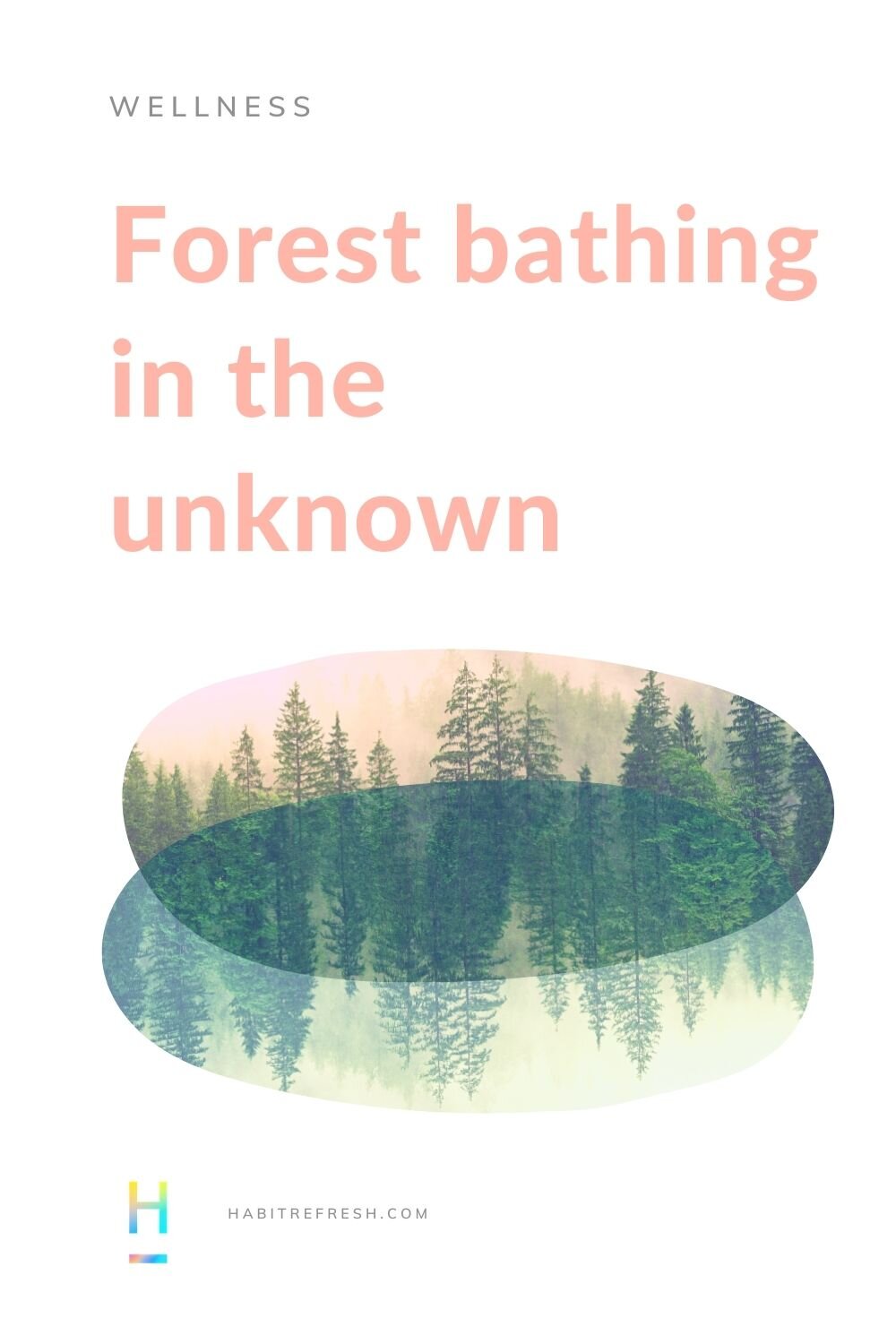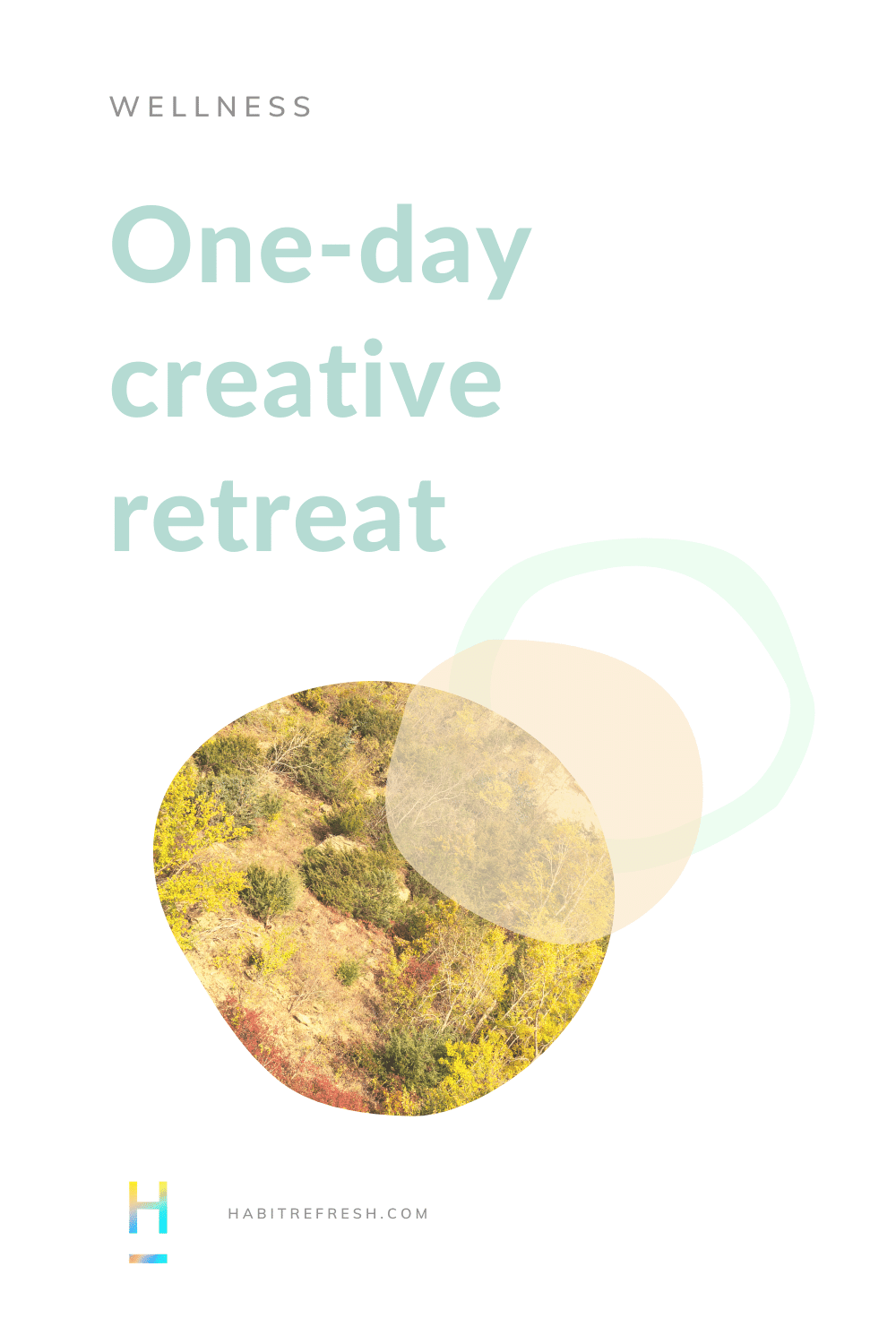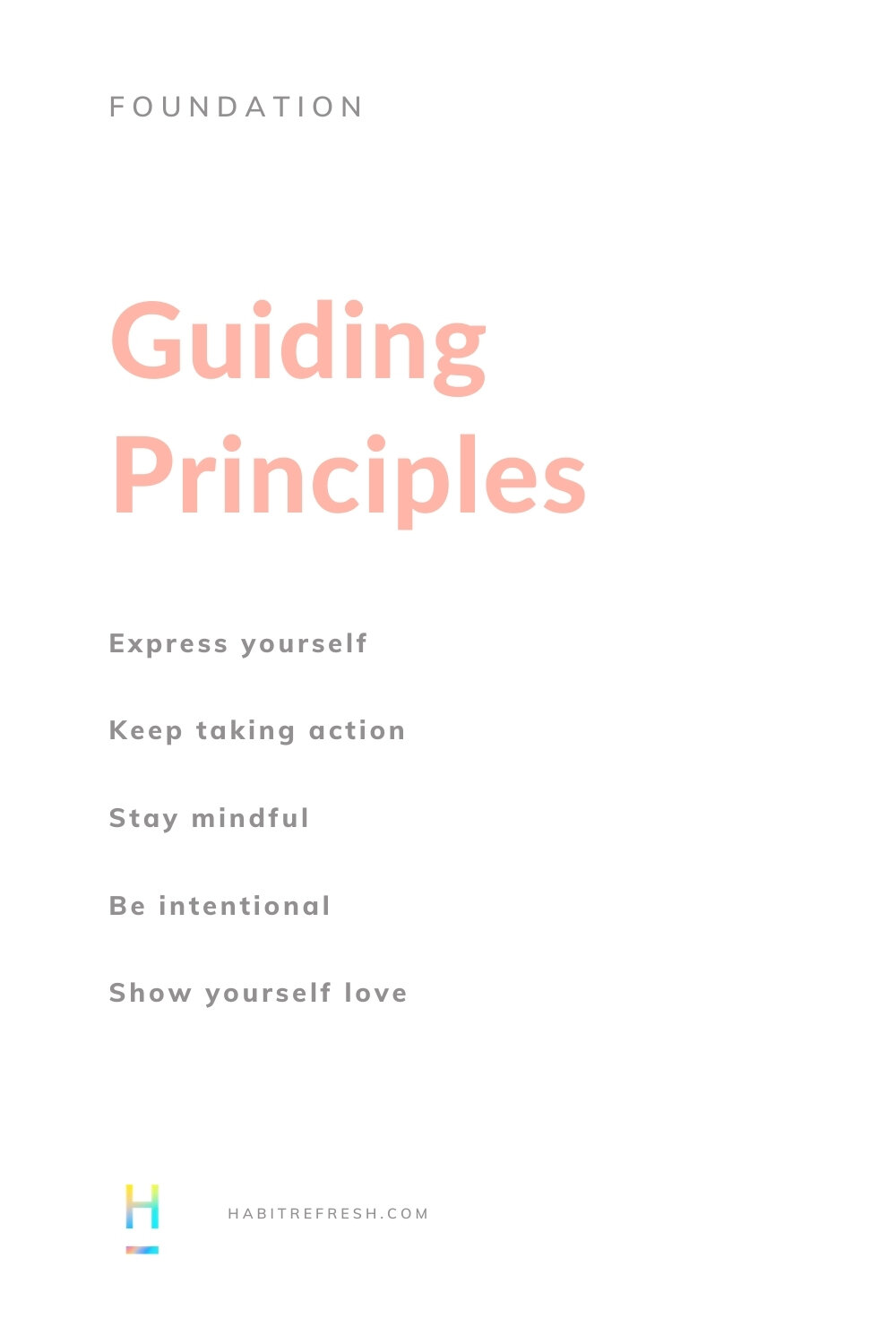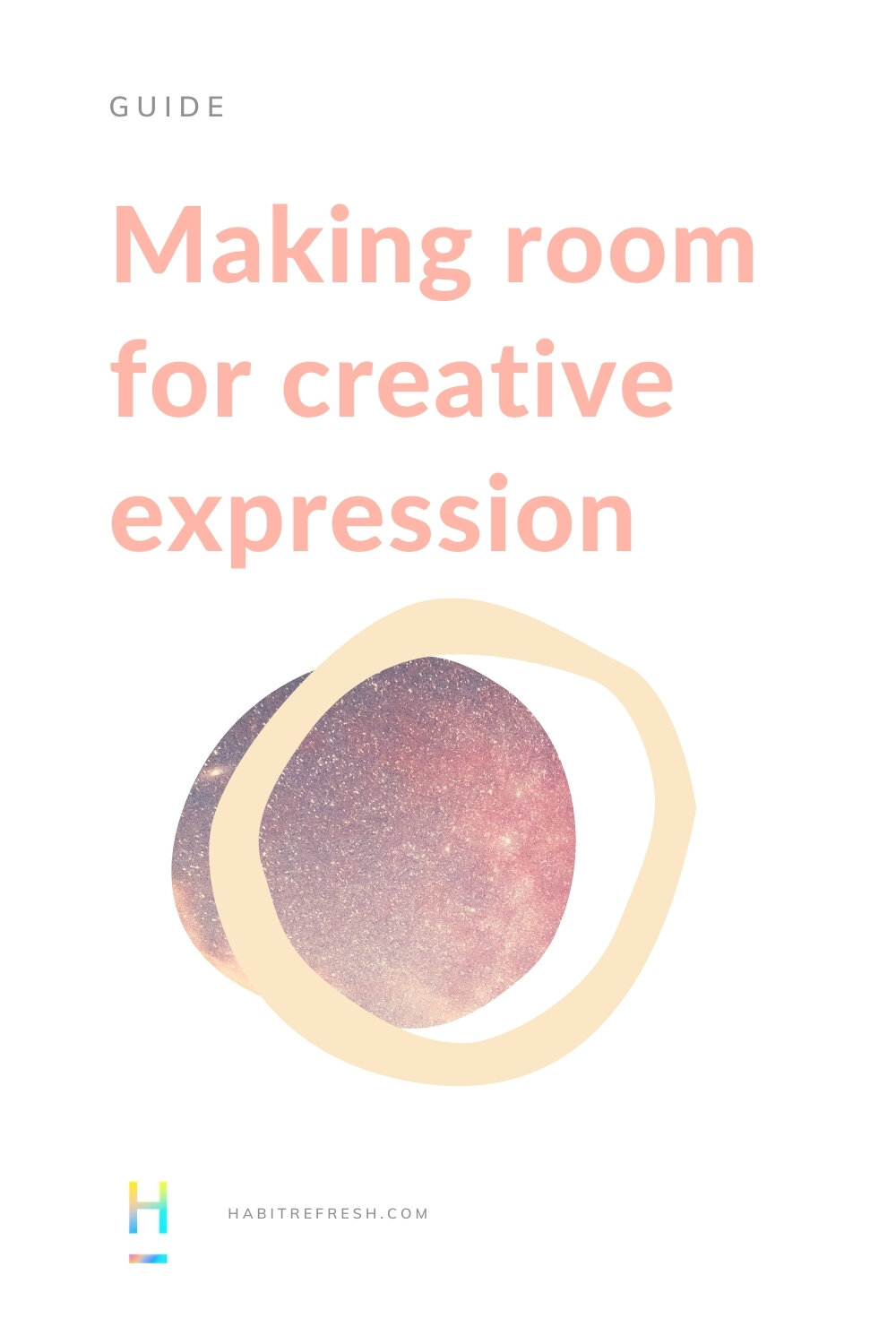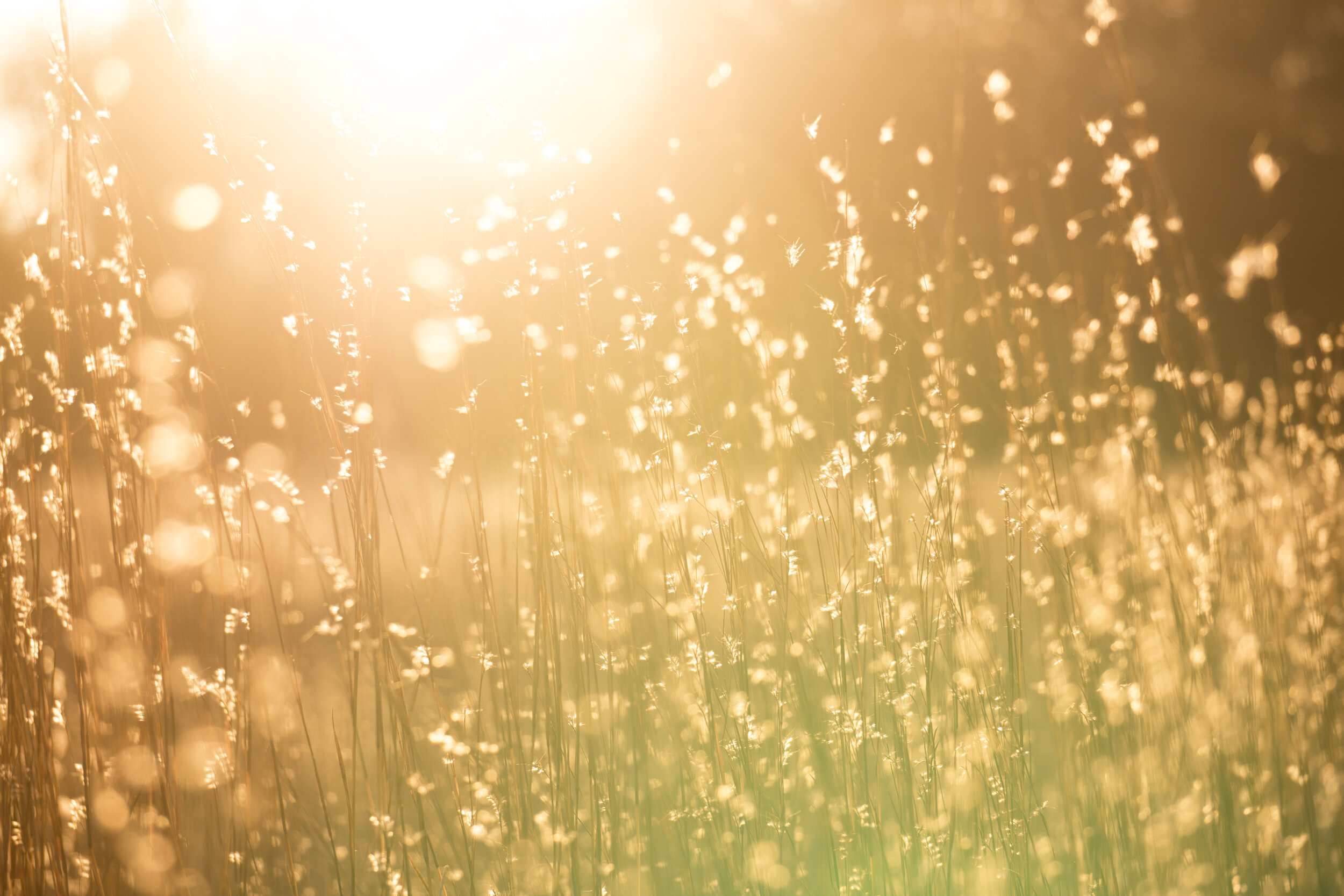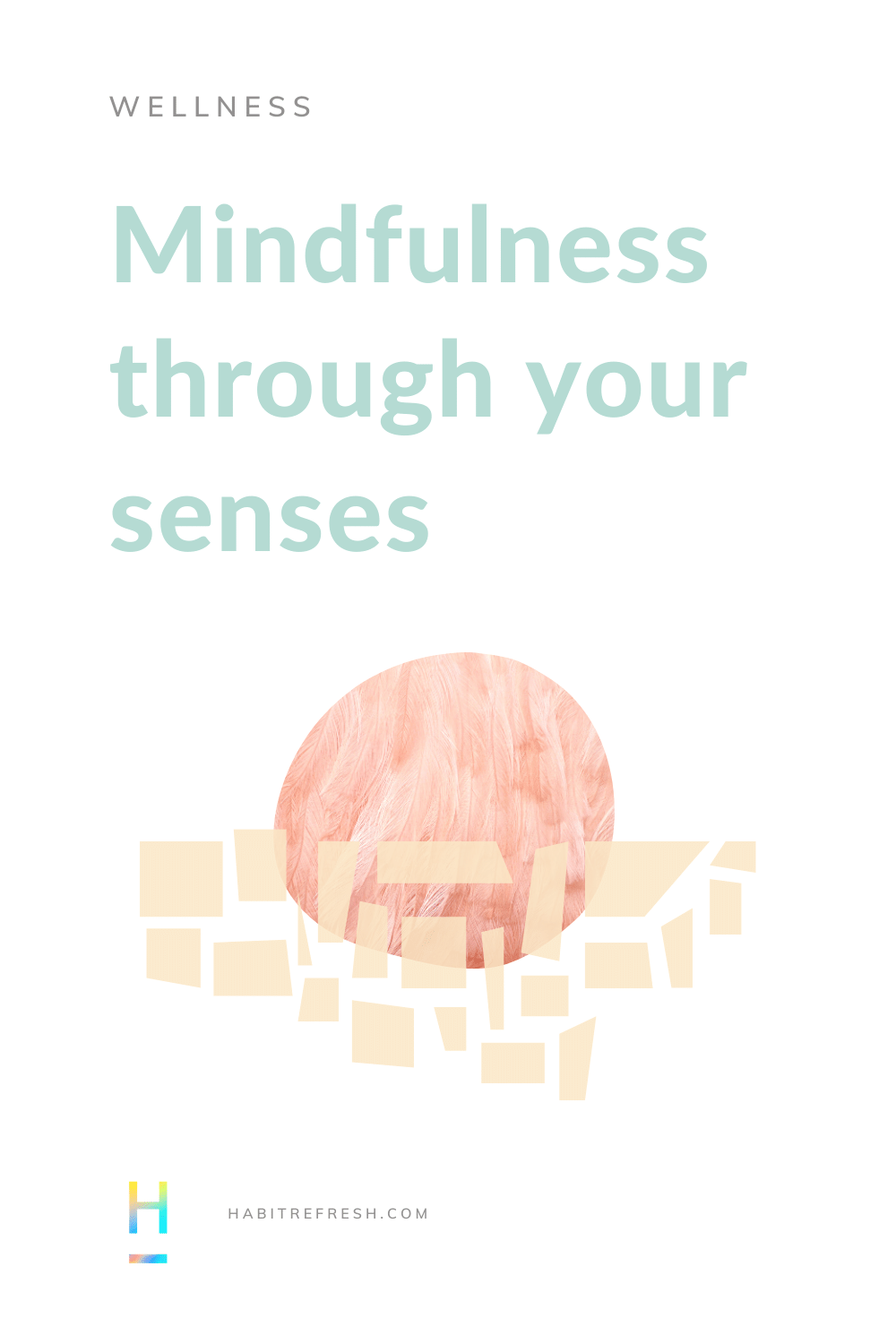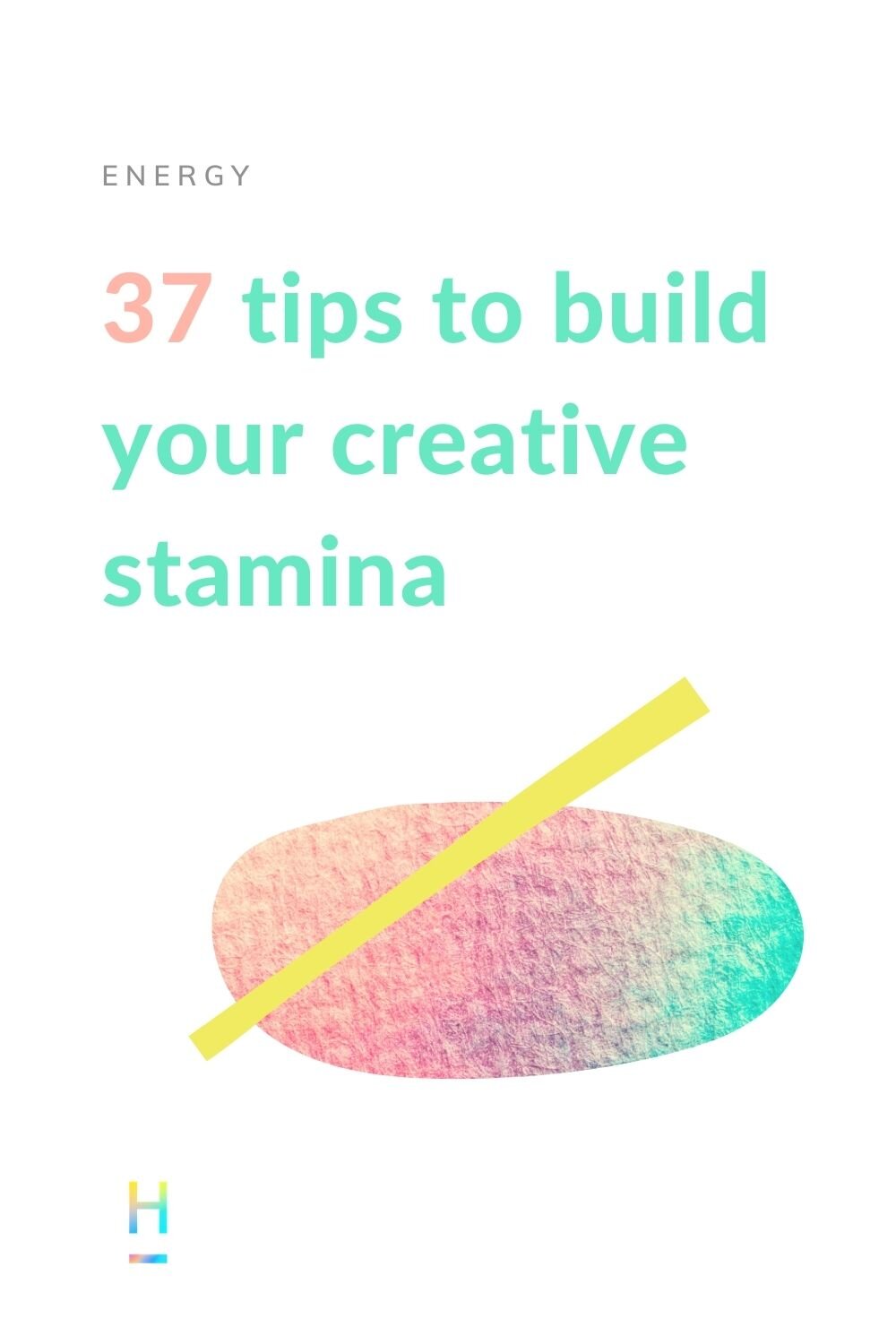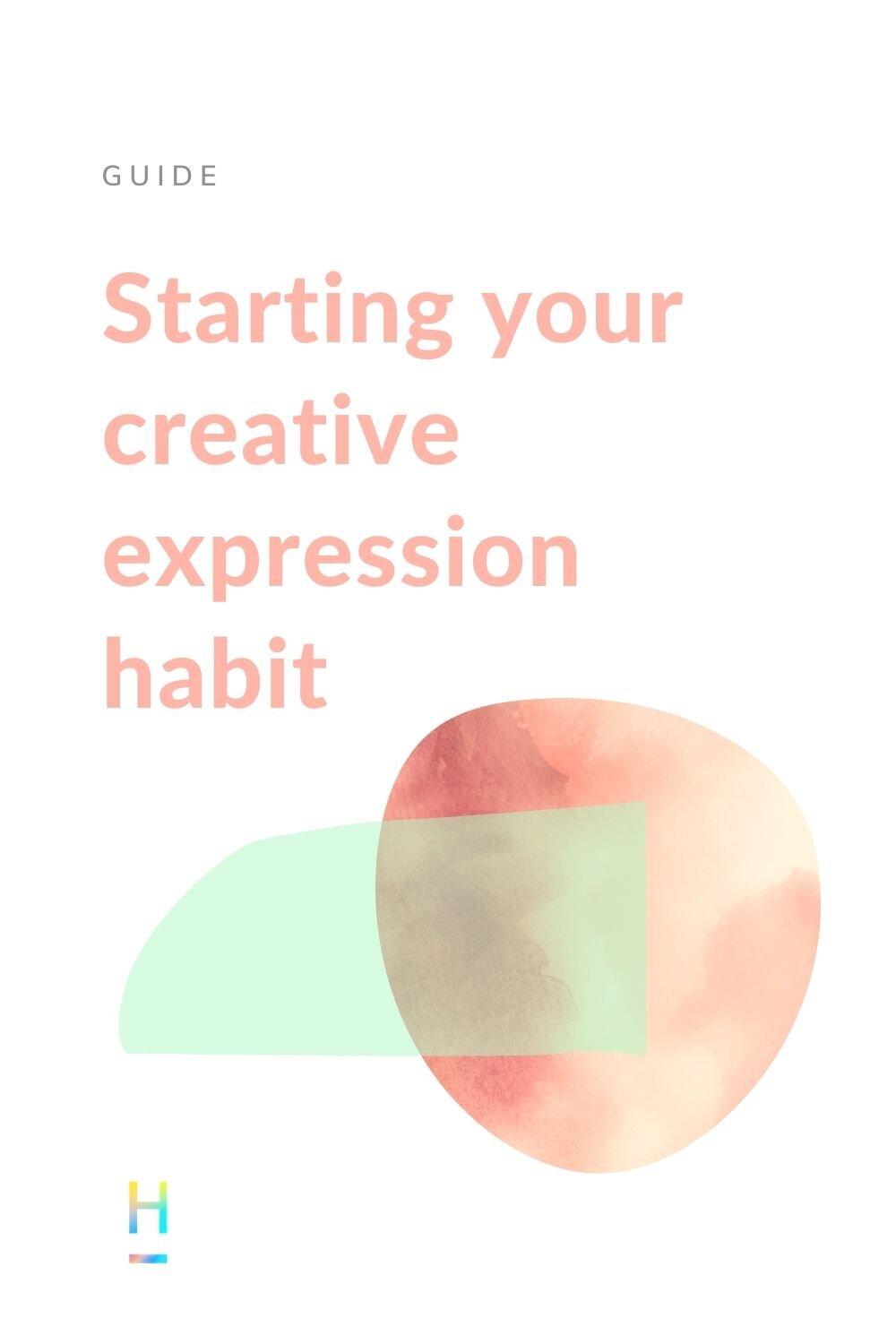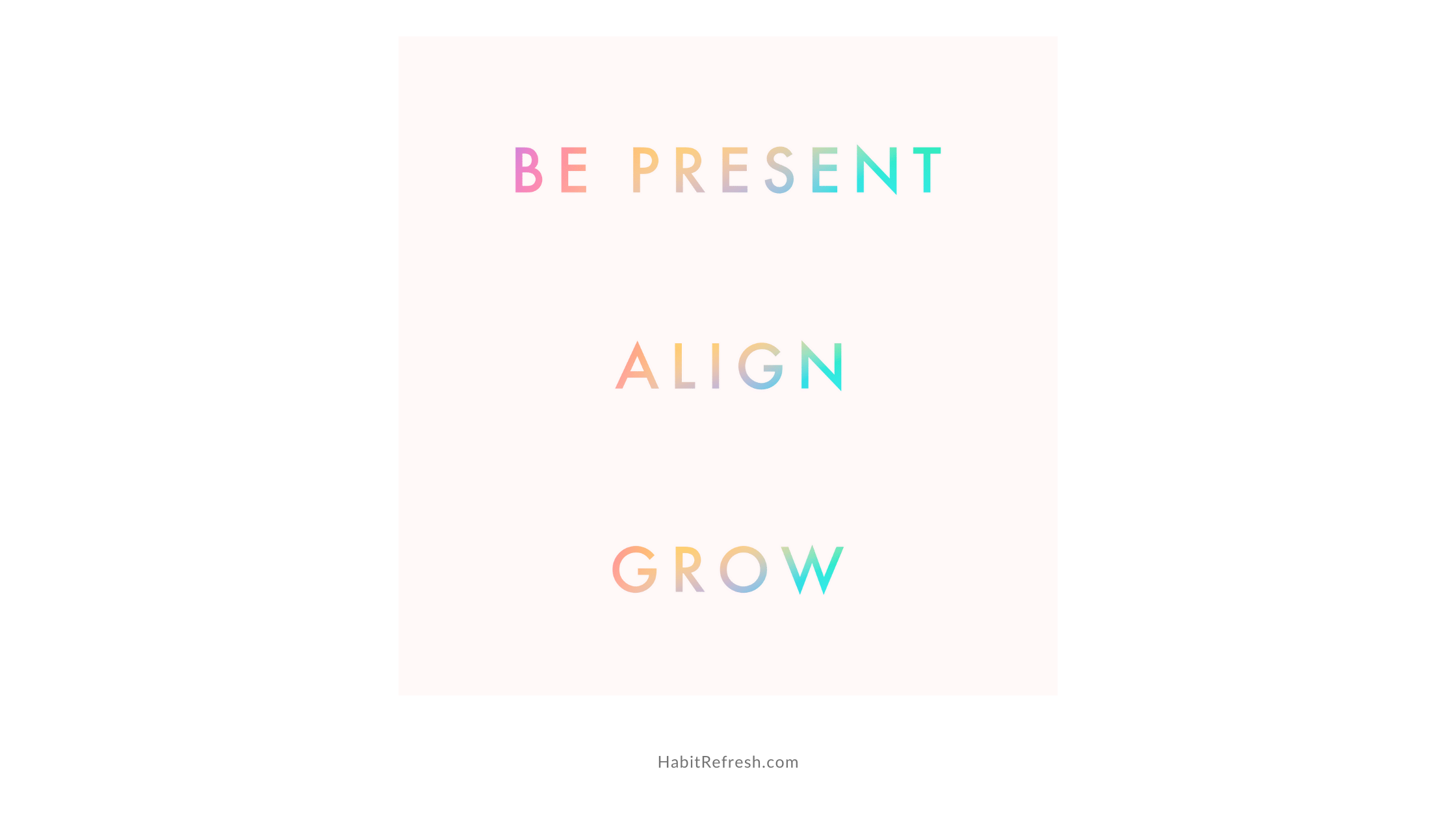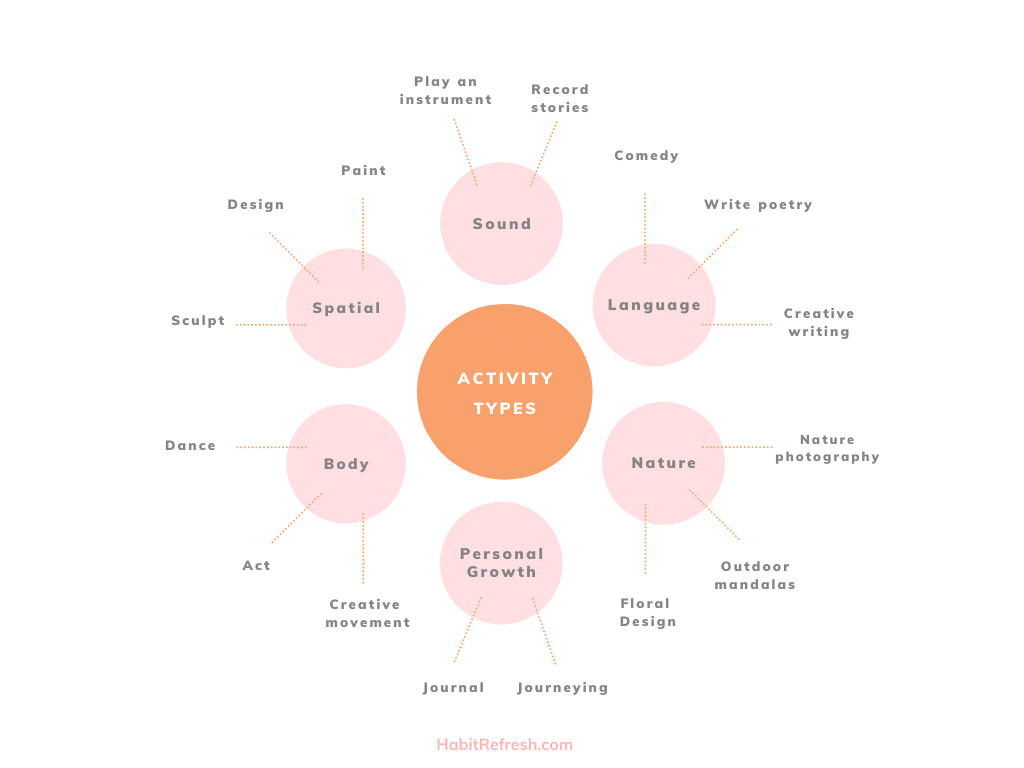I’ve found that when I don’t plan, life happens to me. I might get lucky for a while, but sooner or later, things begin to feel off and disconnected. If I put it off too long, it sometimes even culminates into an existential crisis.
But how can you plan in a way that feels good? So often it’s tied to the hustle, super-productivity, and trying to fit MORE stuff into every second.
Fixation on creating control in my schedule can take a turn into future tripping. I want to pace my life for healing and organize my time in a balanced and nourishing way.
Benefits of planning
It can help to remember that there is a lot more to gain from planning than only productivity. There are many ways it can deepen our path and help us steep in the magic of living.
Benefits include:
Narrows the gap between intention and action
Increased chance that enjoyable and meaningful things will happen
It helps you see the bigger picture
Helps you manage stress and cope with the demands of daily life
Provides a sense of direction
Helps you achieve your goals
And it doesn’t have to be tedious, monotonous, or make you feel like you're failing at life.
I get excited when I reframe planning as a journey to help me discover what I love. It can be a way to craft my days to be more fulfilling. I can then use this plan to create moments of care for myself and others.
Making a plan that feels good
Over the years I’ve found some tips that actually work, and help me stay in the moment while organizing my future.
Keep it simple. In the most stripped-down terms: you’re figuring out the when and how of your why.
Write it down. There are many benefits to writing it by hand first. I find it prevents me from overworking because it slows me down. Plus, writing it down will reduce your chance of getting distracted by your device. Putting it on paper allows for the satisfaction of crossing it out once you’ve completed an action. I still use an online calendar to set up essential reminders, but not until I’ve handwritten it first.
Adjust as needed. Create a way to track your plan so you can see how it’s working for you: cross things out, tick a box, or fill in a bubble. Take time to sense how your body is responding to them. Don’t be afraid to change your plan to better align with you.
Create rituals. Build small rituals into your schedule. This makes it easier for your body and spirit to join the intentions your mind creates. These small traditions build a path to meaning that lives outside the grind.
Embrace natural cues. Attaching a signal to a habit will improve implementation (i.e., when I wake up, I will think of one thing I’m grateful for). Resist the impulse to set a reminder on your phone as a cue. Instead, the natural signals of your day (or zeitgebers) are a gentler way to introduce new habits to your schedule. The benefit of this type of cue is that it’s already worked into your body’s circadian rhythm.
Rely on your cues that your body already knows instead of blasting alarms to remind you of routine tasks. Save the alerts for when you need them.
Focus on finding your rhythm instead of scheduling each minute. It’s a simple perspective that creates more space around each activity.
Keep it values-driven. Focus less on achievement and more on purpose.
Be gentle. Cultivate a curious instead of forceful mindset. If at the end of the week you’ve only gotten to half of your plan, you haven’t failed. Use the information you’ve gathered to understand your ideal tempo. Permit yourself to do less.
Remain present. Presence and planning for the future may feel like opposites, but they’re actually a great team. When you think of it, making a schedule is designing a framework for mindful moments. Use them together to have a more significant positive impact and improve your desired outcomes.
Lay a solid foundation
Before your first session:
Get clear on what is most important to you. Remind yourself in each scheduling session by writing it at the top of your calendar. (If you aren’t clear on your values, find them out in less than 15 minutes with my “Values” worksheet in my password-protected resource library. Subscribe for the password ).
Make it special. Anything can transform into a weekly ritual if you do it every Sunday after lunch over a cup of tea and a cozy chair. (Candles, a closed door, and relaxing music don’t hurt either). Set aside about half an hour. You may not need the full time, but it’s a good starting point.
Decide the chunk of time you’ll be addressing. For me, I like to plan for the week with a loose outlook of a month. It’s individual. Choose what feels best right now.
Your scheduling ritual
Here’s a step-by-step outline that you can apply to your next calendaring time:
Light a candle, grab your favorite planner, and get cozy in a chair with your favorite blanket.
Write down your core values at the top of the page.
Choose one action you can take to express your values this week.
Set up self-care rituals before any other events.
Add rituals to your calendar or a habit tracker.
Check-in. From time to time take a moment to see how this plan feels to you.
Review. Once you’ve finished, look it over again. Does your plan align with your values? Adjust it so it does.
Close the ritual. Blow out a candle, give yourself a pat on the back, or clear off your desk. Do something to show your body that you’ve finished planning for today.
Don’t obsess or try to make things perfect. Just do your best in this time you’ve given yourself. It’s inevitable that your plans will change. But now you have a compass. You’ve taken the time to dream and inject this dream into real life. You’ve given your soul a door to walk through, to enter the dimension of time.
You are the one designing this system. Treat it as a creative project, with curiosity and a willingness to break the rules (especially your own).
If you would like more guidance on creating a value-based plan you can purchase my self-care planner and get started today.
Remember: Planning is a kindness you’re doing for yourself to create a rich life filled with joy, meaning, and love. 💖
